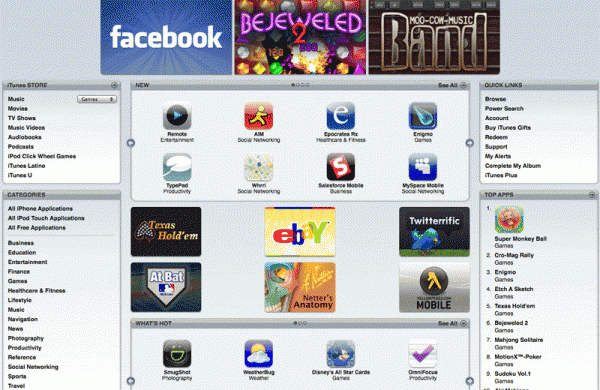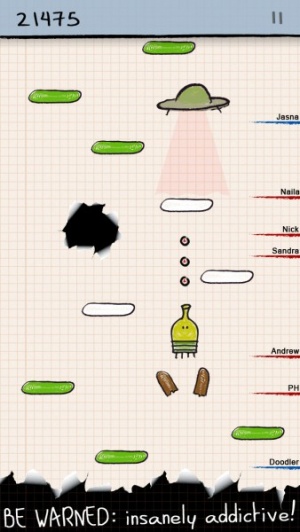5 Years and Counting - The App Store Then and Now
Over one million apps have made their way onto the App Store during its five years of existence. A million. That's a pretty miraculous number when you think about it. However it's not the amount of apps we have to pick from that I find so fascinating, but rather just how much things have changed since 2008. Pickings were comparatively slim at first, and many developers were just starting to dip a toe in the waters of Apple's new smartphone.
On top of that, the technology itself has changed tremendously in a relatively small amount of time. It makes me wonder if anyone from 2008 would even recognize current iOS devices, and by extension the App Store. Would a newer Apple initiate have any idea what they were looking at if they somehow managed to take a trip to five years ago? I think it warrants a look at how the hardware, the App Store, and the apps contained within it have evolved.
2008 - The Beginning of the Beginning

Handy apps like Pandora Radio, Last.FM, Facebook, and Yelp were to be expected, but that didn't make them any less impressive to have on a handheld platform. Others such as the intuitive personal organizer Evernote, the eerily accurate song-identifying app Shazam, eWallet’s convenient and secure account password management, and MLB At Bat with its extensive baseball coverage further capitalized on the particulars of the hardware and its general portability. Of course there were also some pretty unnecessary options out there, too. Flashlight kind of served a purpose but was also fairly pointless. It wasn't as bad as stuff like More Cowbell!, though.
At the same time, the games available on the App Store were beginning to show people that "mobile" didn't have to equal "mediocre." Sure there were a few simple ports of the odd classic such as Ms. PAC-MAN, Vay, and Scrabble, but there were also some impressive iOS renditions of popular console games like Super Monkey Ball coming out. Potential mobile gamers also had a few really special titles such as Galcon and Fieldrunners to tide them over. When all was said and done there were over 7,500 apps on the App Store by the end of the year, with more being added every day.
2009 - Moving Right Along


Many of the basic smartphone necessities were covered, but there was room for so much more. Especially while the technology was improving. Plenty of people used their iPhones as phones, sure, but with the addition of Skype they were able to enjoy the added functionality of instant messaging and voice chat without cutting into their data plans (so long as a wifi connection was present). Big companies were really starting to take notice as well. That same year Starbucks and many other big businesses threw their virtual hats into the ring with their own apps designed to make life a little bit easier for their iOS-using customers. Practicality was also becoming an even bigger focus. The Kindle app gave iOS users a practical e-reading option, and Dropbox was there being Dropbox. By which I mean "an awesome and super-convenient way to transfer files between multiple platforms." And this same level of refinement could be seen creeping into the games as well.
So many of the App Store's most notable games and franchises came out around this time. It was almost a mobile rennaisence of a sort. This was the year Real Racing first blew mobile gamers' minds, even causing some of them to question the legitimacy of in-game video footage until they were able to see the finished product for themselves. Zenonia was just a fledgling action RPG at the time, and while a lot of people liked it I doubt they knew just how many sequels it would spawn. The same goes for Pocket God, although with updates rather than multiple releases. Flight Control began to eat away at peoples' free time, Angry Birds and Doodle Jump hit it big (like, super big), and Myst and The Sims 3 further displayed the potential for major releases on mobile platforms. Oh, and Canabalt almost single-handedly invented and popularized a genre.





